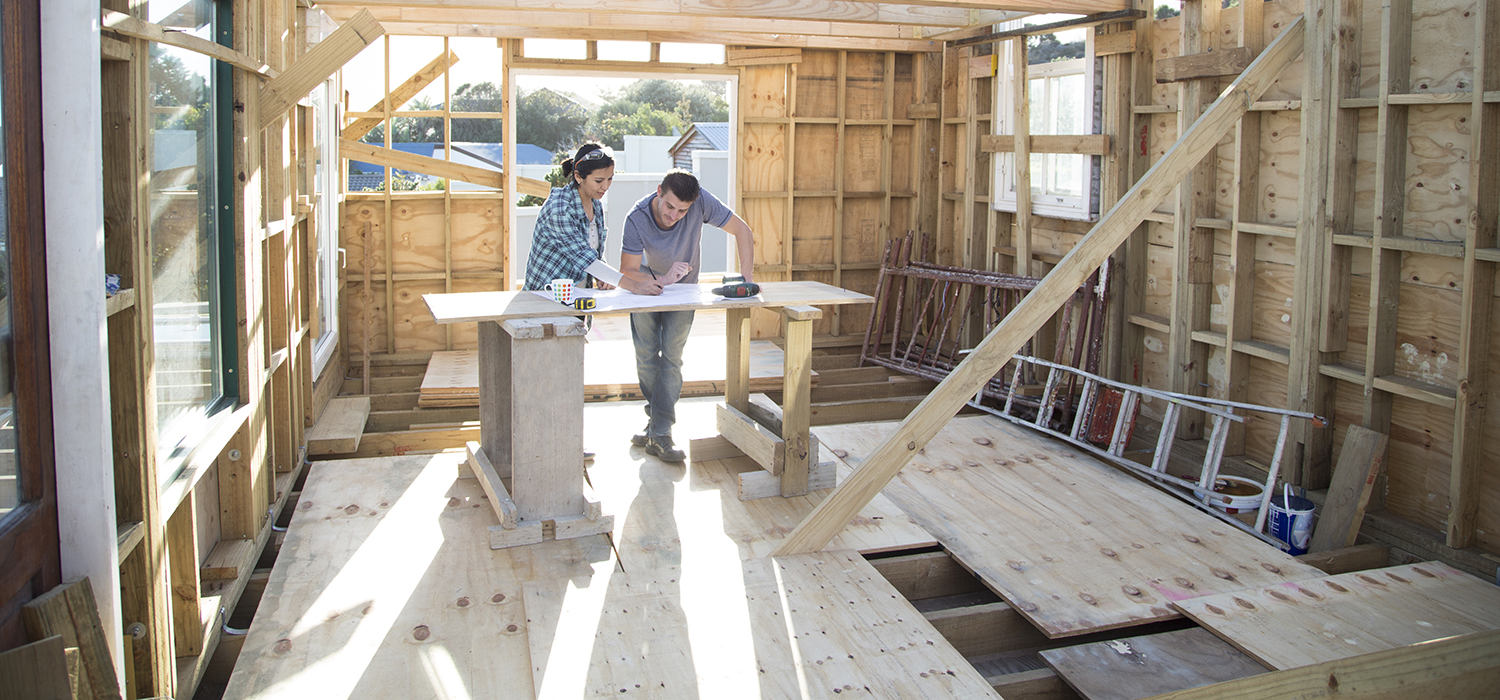
<p>Alistair Berg / Getty Images</p>
The US housing market lacks affordable homes. Low mortgage rates, strong stock market gains, a recovering labor market, and a limited inventory of existing homes have increased home prices. At the current pace of sales (6.01 million homes in March) and with the months’ supply of existing homes near its record low (2.1 months in March), the existing for-sale inventory would be exhausted around Memorial Day if no additional inventory is added.
Existing homes have traditionally been more affordable than new homes, but with a shrinking inventory, new home sales could bridge that gap. Amid the lack of existing home inventory, builders continue to face resource cost burdens that make it difficult to produce affordable homes.
Recent new home sales suggest that building costs can counteract the expected affordability improvements that arise from more new small homes being completed and sold. For the housing market to ensure ample affordable housing options remain available, policymakers can seek to reduce production costs by promoting alternative building methods, such as modular or panelized housing.
New construction has prioritized small homes in recent years
In the years leading up to 2016, the new home market was concentrated in increasingly larger homes. Despite a brief decline amid the housing bust, the average size of a new home largely expanded between 1999 and 2015, from 2,221 square feet to 2,724 square feet. This expansion created a growing share of large new homes, those 1,800 square feet or greater, and a declining share of smaller homes.
But in recent years, the average size of a new home has decreased because of a small but growing share of entry-level homes under 1,800 square feet. Sales of smaller new homes have increased 76 percent since 2015, compared with a 36 percent increase in new home sales overall. In response, these “starter” homes saw their share of all new home sales increase from 16 percent to 21 percent, which is still less than its share before the housing bust.


Despite more “starter” homes, rising costs continue to hamper affordability
Although the average size of a new home has fallen, the potential affordability gains have been offset by an increase in the price per square foot of a new home. Between 2016 and 2019, the average size of a new home sold fell nearly 8 percent to 2,518 square feet, but the average price per square foot increased 19 percent to $119.
As a result, the average price of new homes continues to trend upward, albeit at a slower pace. Between 2016 and 2019, average new home prices rose 2.1 percent annually, less than the 6.1 percent rate between 2011 and 2016. The recent slowdown in the growth of average new home prices, combined with a more dramatic increase of existing home prices, has reduced the average price gap between the two types of single-family homes.
But the inclusion of new amenities, an attractive aspect for buyers of new homes, also raises new home prices and makes them more expensive than similar existing homes. These amenity-fueled building cost increases are impossible to eliminate but do offer further opportunities to reduce costs.

Reduced development and construction costs can boost affordability
To increase the affordability of newly constructed homes, policymakers can provide incentives to builders to build smaller homes and to reduce production costs. Evidence suggests more small homes are being built, but resource costs continue to plague builders. The sources of these costs vary, complicating the policy response.
Many builders continue to report tight labor conditions as lumber prices have soared. Relying more on modular and panelized housing could reduce these costs, but challenges related to regulations, financing, and delivery limit the market share of these building technologies.
Even if new building technologies were more heavily used, the housing shortage would not disappear. High land costs, regulatory constraints on permitting and building design, and financing and delivery challenges may keep new home prices high. But the building of new smaller homes and the price convergence offers the prospect that new homes could provide some affordable supply and could ease the shortage.
The Urban Institute has the evidence to show what it will take to create a society where everyone has a fair shot at achieving their vision of success.
Let’s build a future where everyone, everywhere has the opportunity and power to thrive
Urban is more determined than ever to partner with changemakers to unlock opportunities that give people across the country a fair shot at reaching their fullest potential. Invest in Urban to power this type of work.